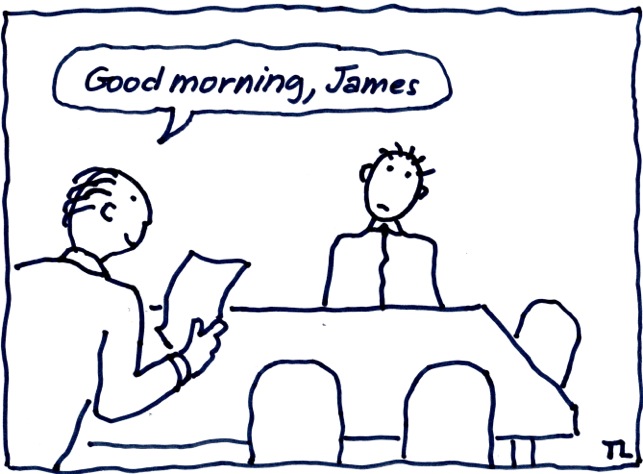Priorities Beyond Pay

Creatives love doing the work. But as our careers develop, we often end up in positions where we manage the work of other creatives, like Bob. Bob is a successful creative director with a staff of 15 graphic designers in a large multi-disciplinary design firm.
But he called the other day with a common question for someone in his position: “I am hiring designers for new positions, and also doing salary reviews. How do I explain our pay scale? I use the AIGA Salary Survey as a guide but I always feel uncomfortable talking about money.”
Join the club! Everyone is uncomfortable negotiating salary. It’s so personal, putting a hard measurement on our performance. All creatives are anxious about measuring up to expectations — their own and those of others. Creative managers are just as sensitive to these expectations so salary meetings are loaded with highly personal expectations.
With experience, you’ll become more confident in those conversations as you become accustomed to their interpersonal dynamics. The surveys are great for establishing salary guidelines, so use them as a point of explanation along with your budget and employees’ performance. You’ll find that people will accept salaries that are within those ranges if everything else feels right to them.
Priorities Beyond Pay
When creative people want higher salaries than the surveys indicate, or budget allows, it often means something else is amiss. Many studies find that money is the third priority for people who work in creative services.
The first priority is what we could call the “belonging factor.” Designers want to work in a cool place, with others whose work they respect, and for leaders they believe in. They want to be part of a team that is doing great work for interesting clients. In short, they want to belong.
The second priority is the “contribution factor.” They want others to respect their work and value their contribution. They want to know that their individual efforts are regarded as significant additions to the team. They want to work hard, to have fun as a part of a group that includes them.
The third priority is money. Everyone wants to be paid at a level appropriate for their skills, experience, and contribution. But, creatives are mainly motivated by the work itself, and the status the group achieves through it.
The opportunity to do great work as a part of a respected group makes people happy. In turn, happy people make money for the firm, and for themselves.
Busy Creatives are Happier Creatives
Creative shops are happy places when there is slightly more work than what the numbers say you should take (calculate how many hours to expect from a billable employee — 35 hours-a-week x 50 weeks — to determine revenue targets and workload). Then focus your sales effort on achieving 5-10% additional sales.
Creative people like to be busy. The worst thing for a studio is to not have enough to do. It’s demoralizing and it can destroy budgets as people expand their project workload to fill their time. Happiness is a delicate balance between being busy and overwhelmed. Being a part of a busy group is intrinsically rewarding because our brains evolved to value social attachments.
Vision and Unresolved Issues
Here’s another way to look at it. Your firm must have a clear vision of where it’s going and why it’s a good idea to go there. There must be a purpose that everyone understands and believes in. Then, that purpose must be demonstrated every day in the interpersonal dealings between people.
Issues arise between people in groups all the time. But for the firm and your group to thrive they must be resolved. Major damage occurs when interpersonal issues are left unresolved. Lack of a well-understood vision and unresolved issues are the two most common problems I encounter in my consulting.
People feel good when the direction of the firm matches their personal beliefs and values. When issues are dealt with directly and swiftly it reinforces the feeing that, “I’m a part of a good team.” Then people know that the firm is committed to a future they can count on.
A future they can trust.
Earlier versions of this article appeared at Branding Magazine and Marketing Daily.

